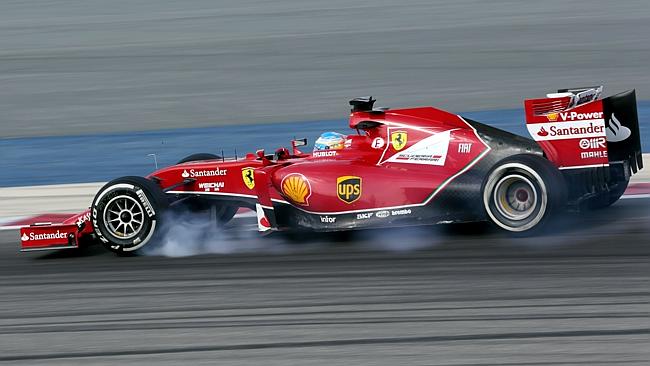

(Holy crap Batman, we be on ice), or headed to a Wall (Pink Floyd). "Where is my straight ahead steering wheel position? ) Others believe the lack of signal (no friction) is the signal you want to know about. Some think there should still be a signal (gravity). It's a large part of the BMW "Driving Experience".Ĭontemplate driving on wet ice.

It's all about transmissibility, too: how much of it makes it up to the steering wheel. The blending function is a measureable phenom. Tires are springs when not moving, and dampers when rolling.

FSAE TIRE COEFFICIENT OF FRICTION DRIVERS
When certain drivers talk about "road feel", it's this term (as well as Fy and Mz stiffness) that they are judging. This implies there is also a steer velocity term in play when you drive (steer) your car. That being said, there is a tread "squirm" that occurs in this test an instant the stopped tire is steered (so you better hurry up and start the belt rolling). Relaxation is a distance traveled phenom so the test procedure "captures the essence" of a rolling tire, and that's the way a (distance) Math model based on spacial (not time) frequency is fitted. Starting with the road belt stopped, a steer input is given to the tire and then the belt is rolled up to speed. In the recent TTC series, relaxation tests were done. Google "Scrub Torque" for a research papers on this topic.

It feels like I've misunderstood or missed something really basic. It's haunting me in my sleep and I haven't slept in 3 days, pls help. I understand that the tires are elastic and do not behave like rigid bodies but I am not able to figure out how the friction acts on the tire in such a case when it is perpendicular to the plane of rolling. Initially, this seemed satisfactory as the static friction is far greater than the rolling resistance.īUTTTTT, to rotate a tire, the force must be applied perpendicular to the wheel centre plane which means that when the tire is rolling, the force must be perpendicular to the plane in which the tire is rolling ( and hence perpendicular to rolling resistance), therefore rolling resistance doesn't come into the picture and I know it isn't static friction either. When the vehicle is moving, the tires are under rolling resistance. When the vehicle is stationary, the tires are under static friction. So, I've ruled out the above two factors and concluded that the friction must be the culprit. This steer torque doesn't have any effect on the vehicle when it is stationary and hence doesn't explain why the steering is harder to turn when the vehicle is stationary. Steer torque comes into play when there's a lateral force acting on the wheels. The jacking force must be the same when the vehicle is stationary and when it is moving with a constant velocity ( not accelerating). Steer Torque due to mechanical and pneumatic trail. The jacking force due to caster angle and kingpin inclination. The resistive forces on the steering system are: I've recently started studying vehicle dynamics and began to wonder what causes the steering wheel to be so hard to turn when the vehicle is stationary. Everyone who drove a car knows that the steering wheel is harder to turn when the vehicle is stationary (even in vehicles without power steering).


 0 kommentar(er)
0 kommentar(er)
